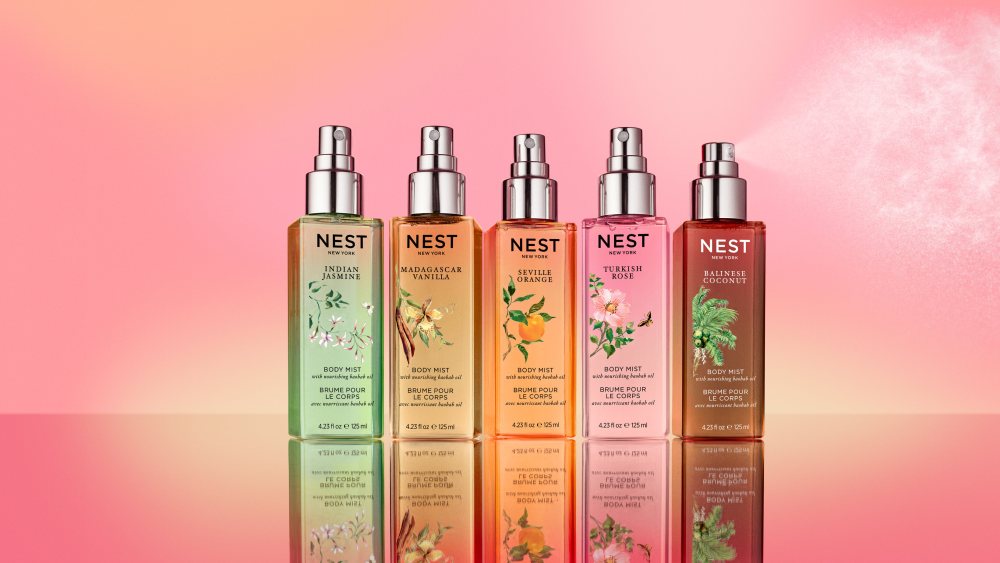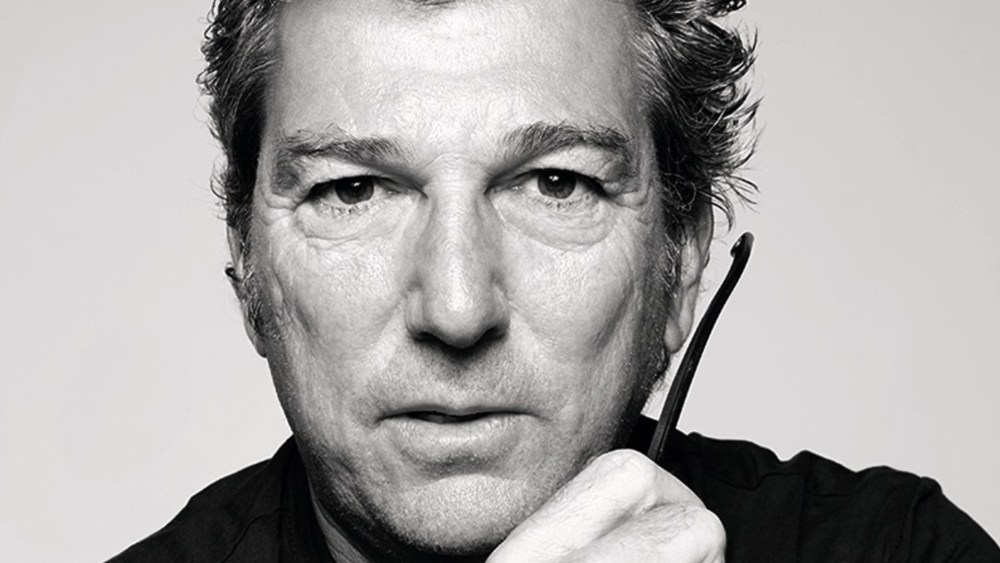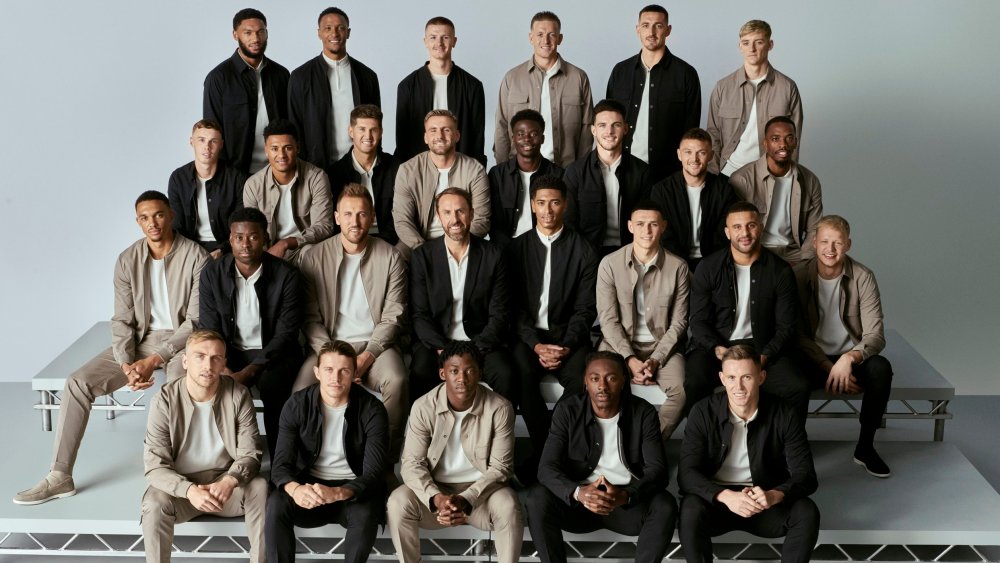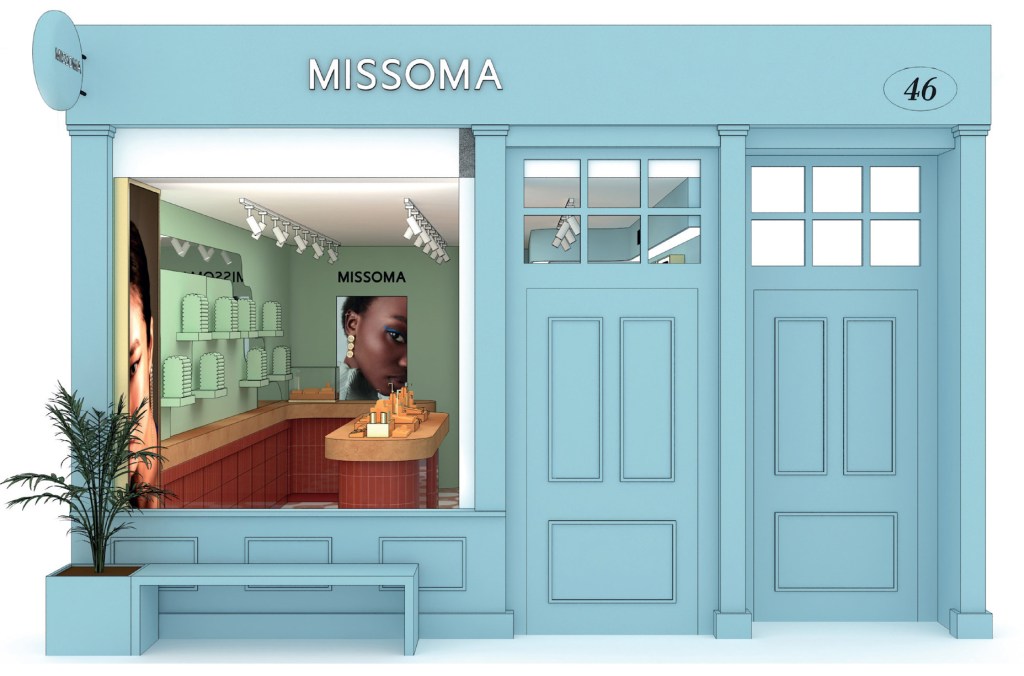In the U.S., it’s a tale of two beauty consumers, Circana data shows.
While the prestige market grew 8 percent and the mass market stayed relatively flat, consumers with more than six figures in annual income are spending more across the board — and in prestige, outweighing lower-income households.
“The mass consumer is more likely to cut back on these things, because of the price increases,” said Larissa Jensen, senior vice president of beauty and industry adviser at Circana. “In prestige, the shopper base earns over $100,000 per year in household income, and they’re offsetting the pullback we’re seeing in prestige from those earning less.”
Related Articles
Jensen posited that the key motivator on the prestige side is value. In fragrance, for example, that includes gift sets and lower-priced formats such as body sprays; in skin care, brands hovering around $60 per item are outpacing luxury price points, which are challenged.
In the prestige market, fragrance, hair, skin care and makeup grew a respective 12, 10, 7 and 5 percent. In the mass market, hair and skin care grew 2 and 1 percent, respectively, while fragrance declined 1 percent and makeup fell 4 percent. Across the board, Jensen said, unit sales fell in mass while they grew in every prestige category. Dollar sales for mass and prestige together totaled $15.3 billion.
“Everything’s in decline by unit sales across the mass market,” Jensen said. “I look at unit sales as an indicator of consumer demand. Dollars are growing, but it’s more because the prices are higher.”
Fragrance may have dipped in the mass market, though it’s still the fastest-growing category in prestige. Body mists and sprays, which generally fall under $25, doubled in revenue, and dupe culture is creating an area of growth in mass, despite declines.
“It shows a continued pattern of bifurcation. It looks like shoppers are ‘trading up,’ but within prestige, value-driven categories are outperforming as much as luxury ones,” Jensen said. “There’s lower price-point items but in a more elevated retail experience.”
In makeup — still prestige beauty’s largest category — lip did well, led by lip balms and oils. Varied formats, including liquid blushes and bronzers, stick foundations and eye shadows also performed well. On the mass side, lip gloss and lip liner were bright spots.
Skin care, which grew the fastest in unit sales in prestige, saw the most growth in body. Body sprays, for example, grew by triple digits, and traditional products like cleansers, lotions and creams swelled by double digits. Consumer spending on body was up 25 percent, and the number of consumers spending on it jumped 17 percent year-over-year.
“In skin care, we’ve been talking about the ‘new luxury’ — the average price point is around $25 to $30, and the $60-priced brands are doing really well,” Jensen said. “It’s not a traditional $300 or $400 luxury price point, but these brands are performing better than the total market overall. Higher price points are struggling in skin care.”
Hair tracked its uptick due to premiumization, with products that are priced above $30 growing at three times the rate of lower-priced ones. The former now accounts for 25 percent of sales in prestige. It’s also the only category with the majority of sales coming from e-commerce, as opposed to brick-and-mortar.



